You’ve heard you are what you eat, well we believe that you are what you read. Teach a CEO presents lessons from our bookshelf on how you can improve and grow your venture. We have taken gems or nuggets from our library and provide them for CEO’s, startups, entrepreneurs and business owners.
- Design thinking aka human-centered design, or, if you did brevity, “design” -is a creative problem-solving methodology used in the pursuit of innovation. (Naked Sales)
- When we sell, we're trying to solve a client's problem-ideally, with an innovative solution. All too often, when we innovate or problem-solve, we are bogged down in matters a feasibility and viability. Feasibility involves determining whether a potential solution can be readily integrated into the business-is it feasible to do? Viability involves the financial side. (Naked Sales)
- Design helps us keep our thinking open. Rather than narrowing and in converging on a known solution for a known problem, design encourages us to look deeper and broader to diverge into other interesting areas that could lead to a more creative approach. (Naked Sales)
- In Sell by Design, we talk about it embarking on discovery with a beginner's mindset. We even talked about becoming vulnerable with our clients, even if it feels awkward. We focus more on noticing what we don't yet understand, rather than seeking to confirm what we've seen and done in the past. That's where the magic lies. (Naked Sales)
- In many respects, the flow of a deep dive interview is not so different from the typical discovery interview we might conduct, except for two things: first, you'll build more report through your curiosity, and second, you'll ask the interviewee to share far more detail via stories than they are accustomed to sharing. This takes some careful framing as you set up the conversation. (Naked Sales)
- Empathetic sales people behave as if they work for the client. The best sales people we know get their clients because they dive so deeply. They speak their language, use their abbreviations, sometimes even adopt mannerisms and other cultural nuances when they interact with their client. (Naked Sales)
- The mindset in discovery was curiosity. For insight, it was empathy. The mindset in the accelerate phase is agility. (Naked Sales)
- In the broadest sense, the purpose of business is to help people by adding value to their lives, and for some business people it becomes a mission. Given that 50% of businesses fail in the first 5 years, entrepreneurship is not something to be undertaken lightly. Some studies show that the key trait of successful entrepreneurs is perseverance. (Business Tools, Not Platitudes)
- Reading broadly in various subject areas is also important because reconciling conflicting information is how we develop our critical thinking. (Business Tools, Not Platitudes)
- Meetings are often a huge waste of people's time. Remember that if 7 people are in attendance, a 1 hour meeting is not just one lost our. You just lost 7 hours of productivity. (Business Tools, Not Platitudes)
- Remember this: if you are thinking about solving your own problems, you're more like a customer or an employee; if you are thinking about solving the problems of others, you are on your way to becoming a true business person. And so, to recap: business involves offering something that people want to buy for a price they're willing to pay and then introducing buying behavior. (Business Tools, Not Platitudes)
- Transforming your business begins with finding the unique starting lines for you and your organization. In today's business lexicon, we put a lot of focus on the finish line. Most business concepts are designed and marketed as express lanes to the end goal. However, they make one critical error error. They assume that that where you start is not relevant. When you know your personal starting line, you can finally reach the finish line: a business where everyone is on the same page, asking great questions, confronting reality, and making the best timely decisions to gain an advantage over the competition. When that happens, the question “why is it so difficult?”stops playing in your head everyday. (Transform Your Company)
- Paddling a canoe without aligning the efforts of the people in the boat leads to going in circles. Similarly, running a business without coordinating the efforts of the team leads to the circle of frustration. (Transform Your Company)
- Core alignment tools are sets of essential questions that help you, as a leader, to transform your business into an unstoppable force from the inside out, using the answers to those questions. The answers, when applied rationally and consistently, lead to better decisions and results. (Transform Your Company)
- Implementing the new rules of fearless growth enables you to grow faster and in a less risky way. Becoming proficient at changing and adapting makes you more stable, and giving up control and they was you to gain control. (Fearless Growth)
- Nothing is certain in business, and every day brings new challenges and New Opportunities. The only thing certain is that an overemphasis on predictability and an inability to understand and manage risk will kill a business to grow fearlessly, you must learn to embrace and exploit uncertainty. (Fearless Growth)
- Fast learning is the most valuable competitive Advantage a company can build. Keenly observing the business environment, taking action before you feel fully ready, and incorporating what you've learned immediately into your strategy are tickets to playing and today's fast-changing global economy. An organization that learns continuously can achieve stability and safely even while in motion, just like riding a bike. (Fearless Growth)
- When you don't have a clear intent for your idea or specific reason for it to be put into practice, then it's really hard to get people excited about it. When the intent is clear, on the other hand, it is easy to get other people to collaborate with you, which will increase the chance that your nascent concept will be improved upon and implemented. (Fearless Growth)
- Trust starts at the top. Leaders must trust those they work with and who work for them, and they must model this behavior and reward and encourage it throughout the organization. Building trust will benefit your business, your people, your customers, your vendors, and others. (Fearless Growth)
- On the other hand, companies that start from scratch, including the more than 100 “unicorn” startups (those with valuations of more than $1 billion), such as Uber, Snapchat, Airbnb, Palantir, and others, start out with none of the established companies' advantages of size, assets, and employee base, yet they seem to have another advantage. Because these startups have little or nothing to lose if they fail they can fearlessly innovate. And if a start-up does fail, which many do, the founders, Executives, and employees can simply either start up a new venture, or move on to another company. (Fearless Growth)
CEO Bookshelf
- Naked Sales: How Design Thinking Reveals Customer Motives and Drives Revenue – You've worked hard to make your sales operation a success, and you've achieved results. But in an age of ever-changing technologies and increasing customer demands, if you're selling like you always have, you're leaving deals on the table–and reducing potential. You can reinvigorate your sales organization, create new opportunities, and build competition-proof customer relationships when you start thinking like a designer. Design Thinking is a customer-centric innovation process that transforms the way one sells, whether it's an inside sales team or a group of field reps with multimillion-dollar portfolios. Welch and Jones's proven Sell by Design methodology will reduce the time it takes to get a first call, build pipeline, and increase deal size. And it reestablishes a deeper human connection in an era of automated response. Naked Sales will show you how firms like Salesforce, Hyland Software, and Ellie Mae are using this approach to stay customer-centric and increase revenue.
- Business Tools, Not Platitudes: With Staff Training Modules: Lloyd Lim, who operated a small family business for more than ten years, knows that not everyone is a business genius. But anyone—even first-time entrepreneurs—can learn basic concepts that will help them spot issues, ask the right questions, and operate a successful enterprise. In this business guidebook, you’ll get guidance on launching a business that fits your natural strengths. Learn how to: (1) maintain a competitive advantage over time; (2) observe the difference between upside risk and downside risk; (3) value customers giving you meaningful feedback; and(4) develop a strategic plan to help you succeed. Lim also touches on key concepts such as cultivating relationships, slashing costs prudently, and developing the right mindset. The appendix contains a series of staff training modules that any organization can adapt for its own use.
- Transform Your Company: Escape Frustration, Align Your Business, and Get Your Life Back – Bring your business into focus. Whether you own this company, lead it, or work in it – it's your company! Your financial and emotional health are linked to how functional, or dysfunctional, your company is. Discover the hidden force pulling companies into dysfunction, and creating frustration. Learn how to implement straightforward tools to identify and remove the real source of your pain. Eliminate the most common behavior that keeps a company from becoming an unstoppable force.Your company starts with you and your immediate team. You can replace the daily grind of fighting frustration, with achieving desired outcomes that provide a source of energy. Transform Your Company reveals critical steps and business alignment tools that will show you what to do when your company is sucking the life out of you. Finally, you can have the company you've always envisioned – one that works for you!
- Fearless Growth: The New Rules to Stay Competitive, Foster Innovation, and Dominate Your Markets: Customer behaviors, business models, technologies, and regulations are evolving quickly, and many of the strategic rules we formerly lived by have become obsolete. To be able to respond quickly and intelligently to the fast pace of change, we need all levels and functions in our businesses to be creative and responsive. We need both courage and speed. Fearless Growth provides new rules to enable your company to adapt faster, move faster, and grow faster. You will learn how to: (1) Capitalize on uncertainties in your market, rather than letting them slow you down. (2) Leverage the talent, assets, technology, and data that exist outside your company. (3) Get in sync with customers, gain early insight into changing needs, and bring the right solutions to market. (4) Open the floodgates of employee creativity, empowering employees to respond quickly and effectively to emerging opportunities. (5) Continually build your company's capabilities and knowledge through constant experimentation. (6) Build a high degree of trust within your company and with the entities outside your company. Fearless Growth provides a proactive approach, with practical examples, tools, frameworks, and guidance for adapting to and succeeding in our volatile world.




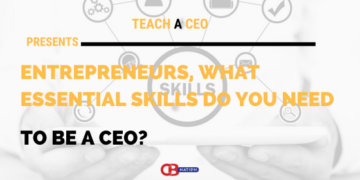
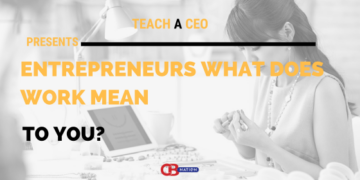


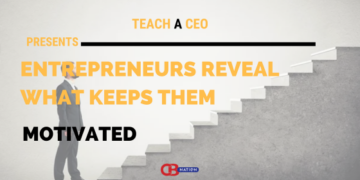
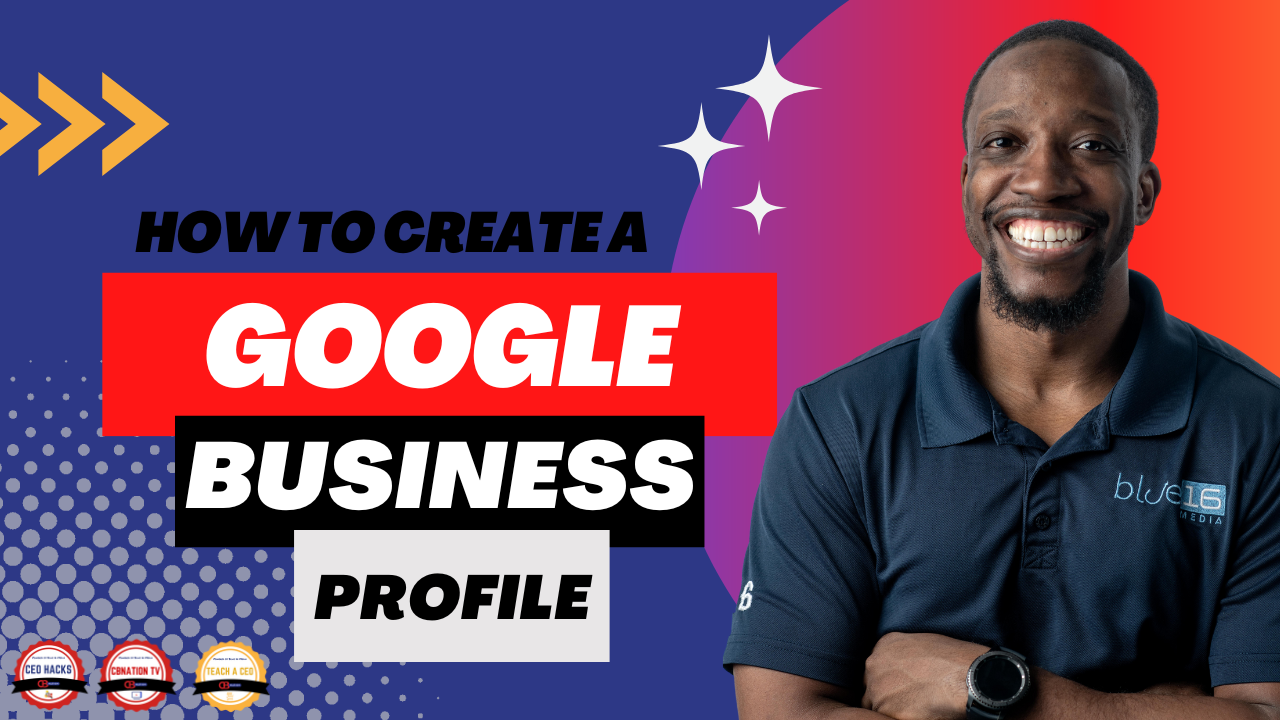


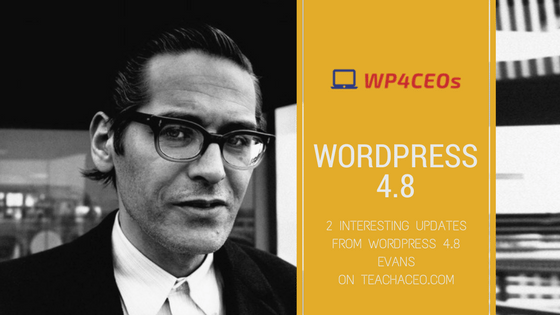



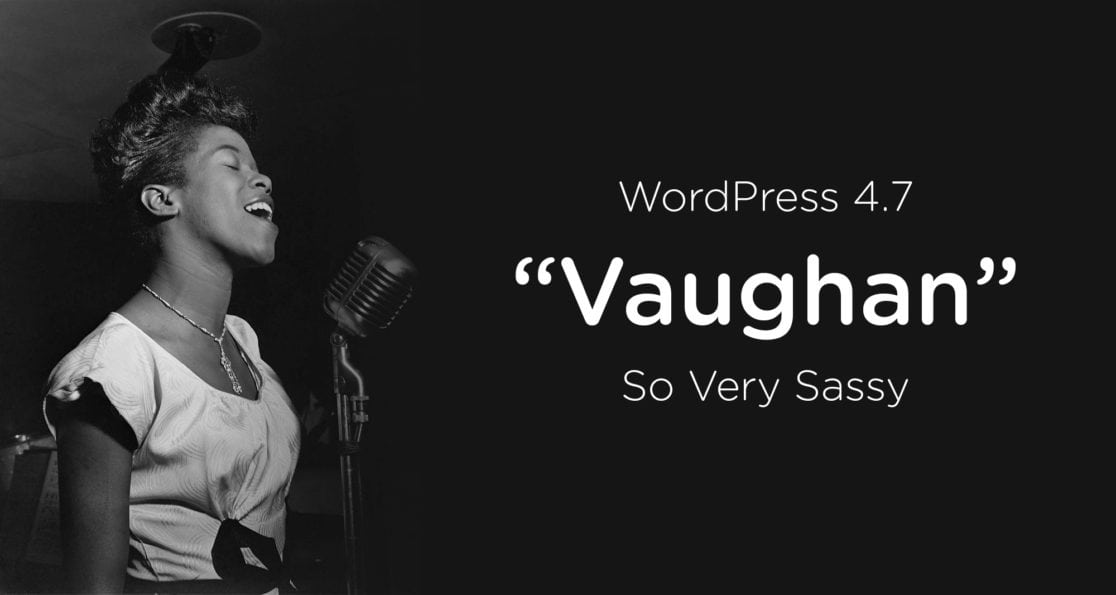


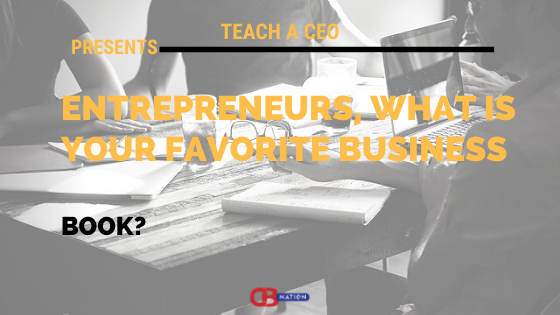

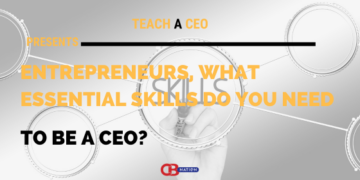



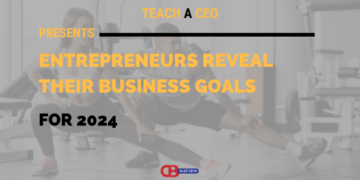
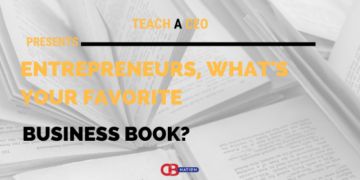

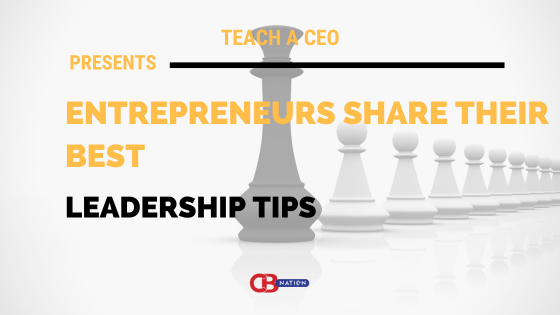
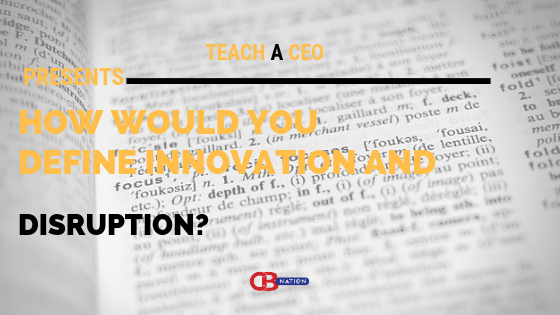





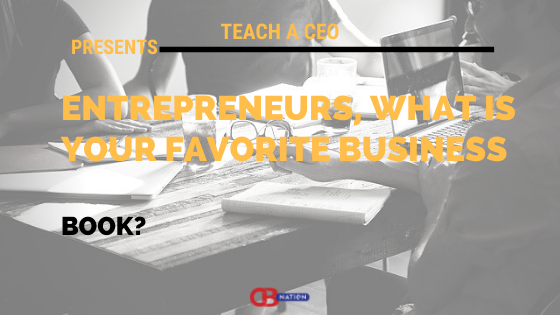







 |
|